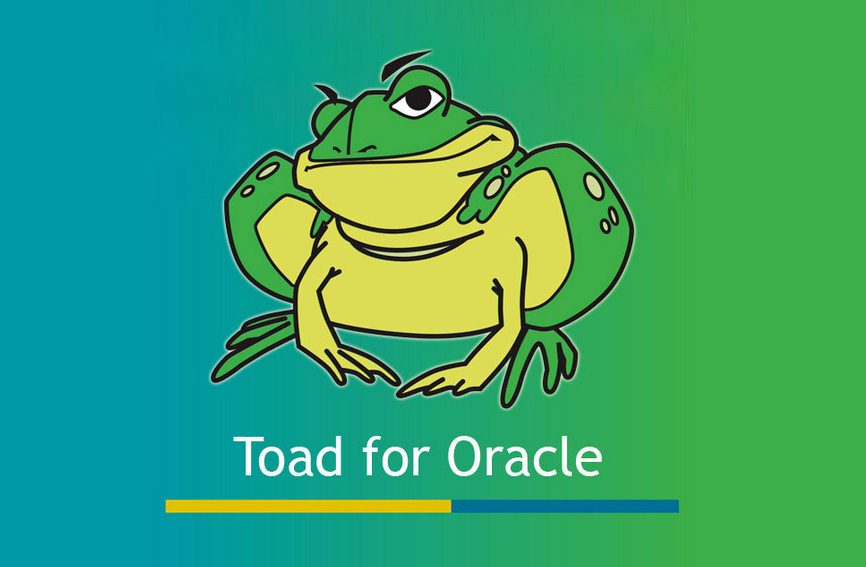
彭博推送 | 蟾蜍的冒险之旅。 由 Jingyi 翻译。
译文
Olivia Rudgard
黑暗而潮湿的晚上,穿过瑞士森林小路的边上。汽车飞驰驶过,他们的前灯照亮了一个蟾蜍,缓慢地爬向人行道的另一边。这个小型的两栖动物小心翼翼跨动步伐,一寸一寸挪向路边。灾难似乎避免不了,除非有救世主出现 —— 小孩把蟾蜍捞上来,且安全地储存起来,在远处的森林里。
这是关键的一幕,在 Risky Routes 中,Risky Routes 是一本小册子由瑞士团队制作,成员都是自然主义者或者摄影师。他们致力于强调危险的旅程,在蟾蜍迁移到出生地的过程中,或者记录他们救蟾蜍的过程。这项文件赢得了彭博的比赛,关于阐述紧急气候变化的影视作品的比赛。奖金 2.5 万美元。
这个普通的蟾蜍似乎不可能是英雄,一项文件设计出来提醒人们,野生动物面临的困境。但是,这也是摄影师选择的原因。蟾蜍困境被掩盖了,这是主要案例,关于人类如何毁坏、干预动物的自然生态,Jonas 说到,他是环境科学家,也是团队成员。“我们试图观察这个蟾蜍,那么小的动物,却有如此庞大的旅途。”
plight 困境
全球来讲,蟾蜍数量是受到威胁的,因他们迁徙路径被人类的道路建设和其他工程所干预。同时,他们所居住的池塘,年复一年也被重新建设或者被污染。气候加剧了干旱,为其繁殖增加了压力。
但是,这些议题及影响,公众并未完全理解到,因大众很多时候难以区分青蛙和蟾蜍。团队另一摄影师及教师 Thomas 就说到,(另一个点是皮肤,青蛙皮肤光滑闪亮,蟾蜍皮肤很崎岖)他展示了短片,“真的使其认为,他们在自家门口错过了什么。”
从一个小动物角度拍电影,是不符合逻辑的。蟾蜍总是在晚上、湿热的天气出行,住在沼泽,或湿软的环境,脏的地方,却使用昂贵的设备拍摄。一系列事件,还包括一个宠物猫,任何和这个猫交互的人,都感受到这个猫的方向感不是特别好。
拍摄团队试图使用玩具和食物让这个小动物按照他们想要的方式去表现,但是小动物“并不理会”,Steiner 说到。摄制组还包括,野生动物摄影师,以及电影制作人 Roman Willi 使得警察找到他们,因其为了拍摄救助蟾蜍的画面,让车子来回开了好几遍。
“他们并不相信我们,”Klaper 说到,“他们认为拍摄蟾蜍电影是一个谎言。”
成品的电影是一段 6 分钟的短片,包括滑稽场景展示动物竞争交配过程,这是蟾蜍一旦到达池塘之后很乐意干的事情。整个小姑让人感觉充满了希望,Klaper 说到。
slapstick sequence 滑稽场景
competitive mating 竞争交配
摄制组希望该电影归档之后可以成为教育材料,帮助小孩子理解两件事,一是现代世界是怎样使得小动物难以生存的,二是他们如何直接开展保护行动,不仅保护蟾蜍,还保护了生态多样性。Klaper 和学校合作,创造小孩子能理解的课程,关于生物多样性的课程,为小孩子提供灵感,自愿组队合作保护蟾蜍,例如危险的过马路场景,正像电影里演的那样。
“这并非某些物种数量下降的悲伤故事,正如所有东西都会被浪费一样。我认为我们的电影正像隧道终点的光亮一样。”Klaper 说到。
Why did the toad cross the road?
By Olivia Rudgard
It’s a dark, wet night on the side of a road cutting through a Swiss forest. Cars rush past, their headlights lighting up a toad slowly creeping towards the edge of the sidewalk. The small amphibian steps its way off the curb and inches further into the road. Disaster seems inevitable, until a savior arrives — a child scoops the toad up and deposits it safely in the vegetation on the far side.
This is the pivotal scene in Risky Routes, a short documentary made by a Switzerland-based team of naturalists and filmmakers. It seeks to shed light on the perilous journeys made by migrating toads to their ancestral breeding grounds, as well as the work of volunteers to save them. The documentary won Bloomberg’s Green Docs competition on Wednesday for films addressing the urgency of climate change, along with a $25,000 prize.
The humble toad may seem an unlikely hero for a documentary designed to alert people to the plight of wildlife. But that was partly why the filmmakers chose it. The plight of toads is under-covered, yet it’s a prime example of how humans have destroyed and disrupted animals’ natural habitats, says Jonas Steiner, an environmental scientist and one of the team of three that made the film. “We tried to really take that perspective of the toad, this little animal that has this big journey,” he said.
Toad populations are under threat globally because their migratory routes have been disrupted by roads and other barriers, while the ponds they return to year after year to reproduce are polluted or drained. Droughts exacerbated by climate change only add pressure to their ability to reproduce.
Yet these issues and their impacts are poorly understood by a public that frequently can’t differentiate between frogs and toads, says Thomas Klaper, a teacher and one of the other filmmakers. (The main giveaway is their skin: Frogs are smooth and shiny, while toads look bumpier.) Showing the short film to people “really made them feel like they're missing out on something that's at their doorstep.”
Filming from the perspective of a little animal proved logistically challenging. Toads emerge at night in wet weather and live in damp, soggy environments, a poor mix with expensive camera equipment. A sequence involving a pet cat was also challenging to film, since — as anyone who has interacted with a cat can tell you — they don’t take direction very well.
The team tried to use toys and food to persuade the animal to act in the manner they needed, but it did “not care at all,” says Steiner. The team, which also included wildlife photographer and filmmaker Roman Willi, also had the police called on them as they filmed their car driving back and forth close to the toad’s crossing.
“They didn't believe us,” Klaper said. “They thought we were lying about just making a movie about toads.”
The finished product is a six-minute film that also includes a slapstick sequence showcasing the competitive mating that toads engage in once they reach the pond. The overall effect is a hopeful one, says Klaper.
The team hopes the documentary can be an educational resource to help children understand both how the modern world makes it difficult for animals to survive and how they can directly take action to help protect not just toads but biodiversity as a whole. Klaper is working with schools to build takeaways into their lessons on biodiversity and providing inspiration for kids to volunteer with the groups working to protect toads at dangerous road crossings like the one in the film.
“It's not a sad story with a decline and just like everything’s going to waste. I think our film has a light at the end of the tunnel,” Klaper said.
原文链接
长按/扫码,有您的支持,我们会更加努力!


|
